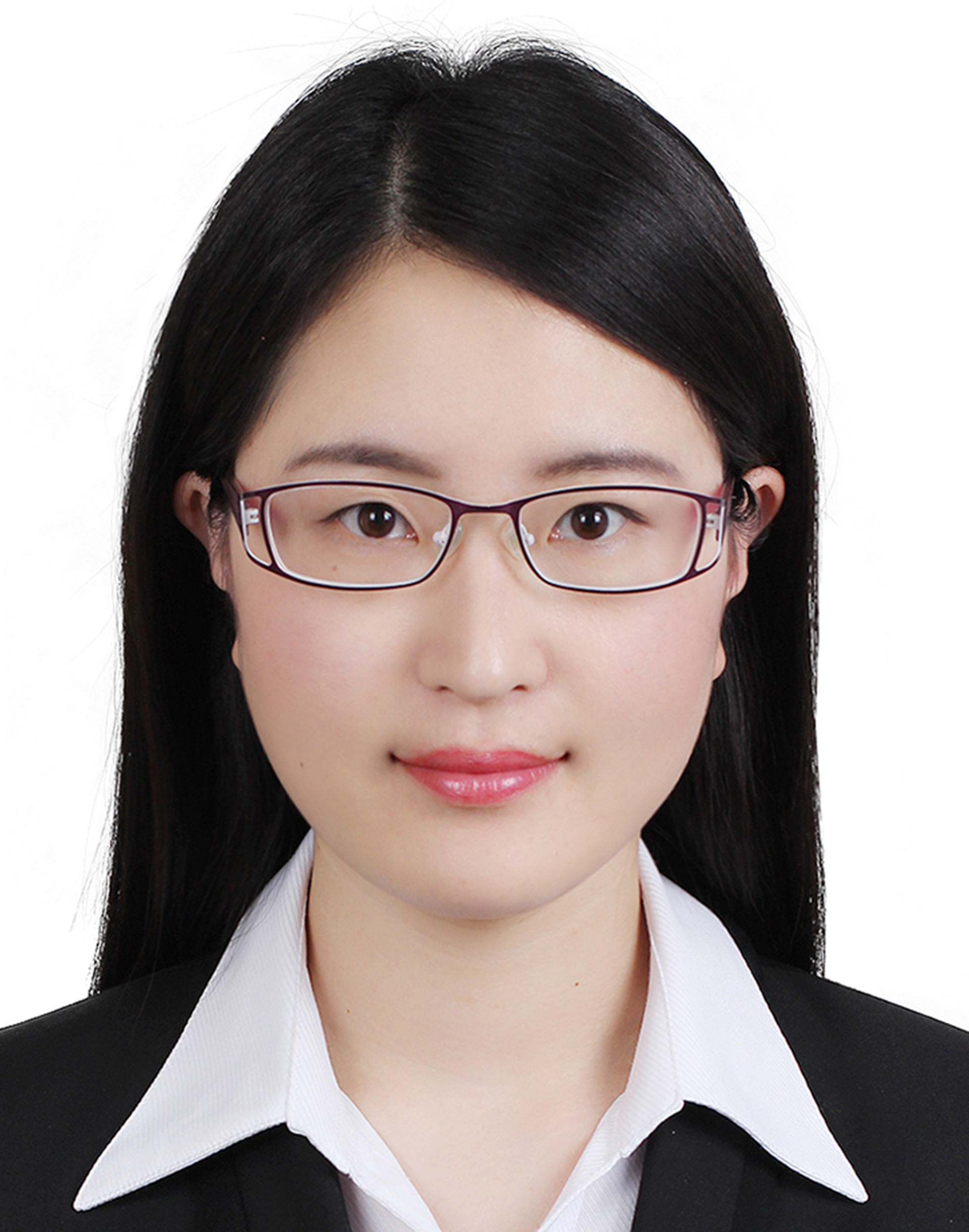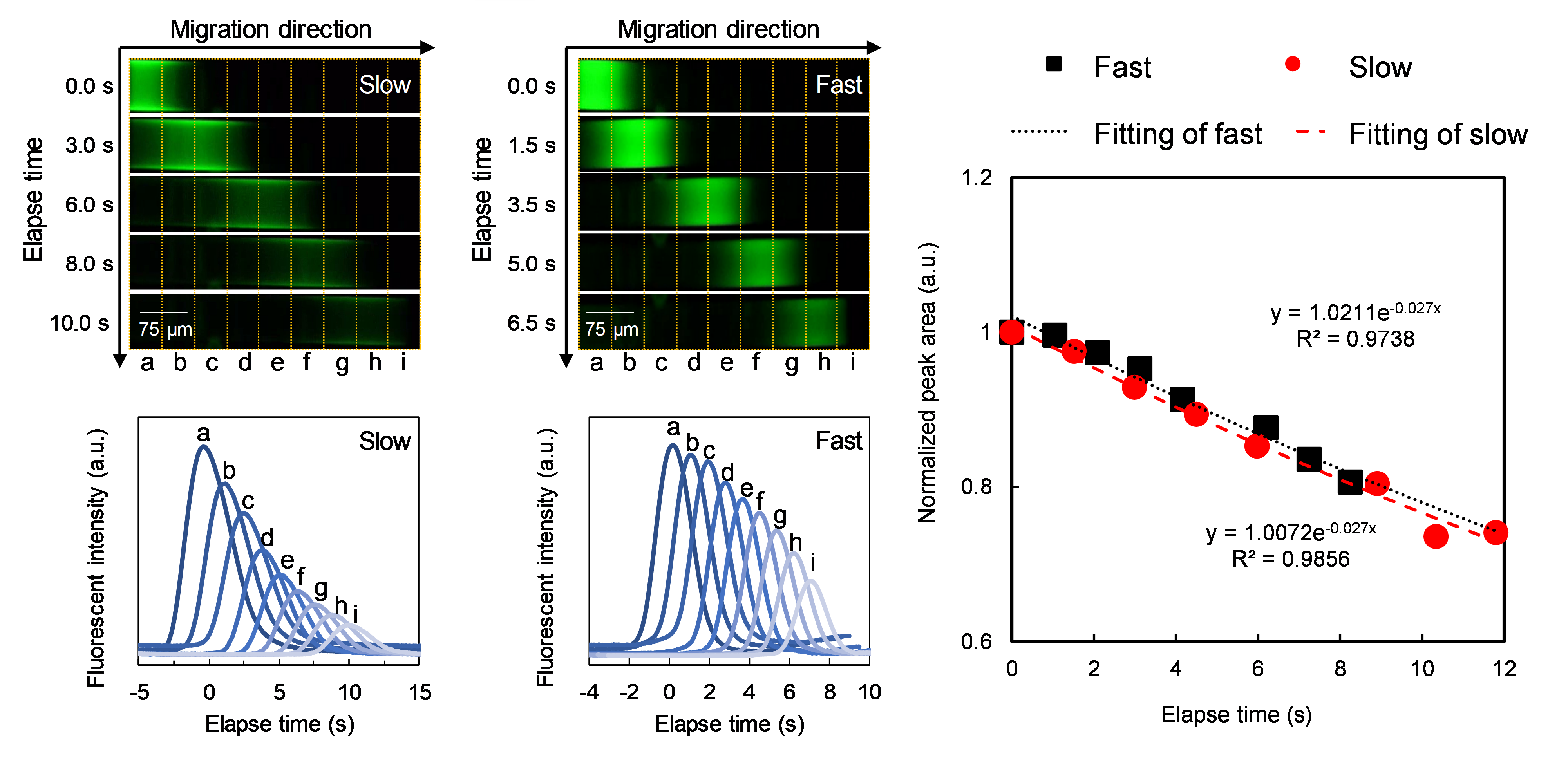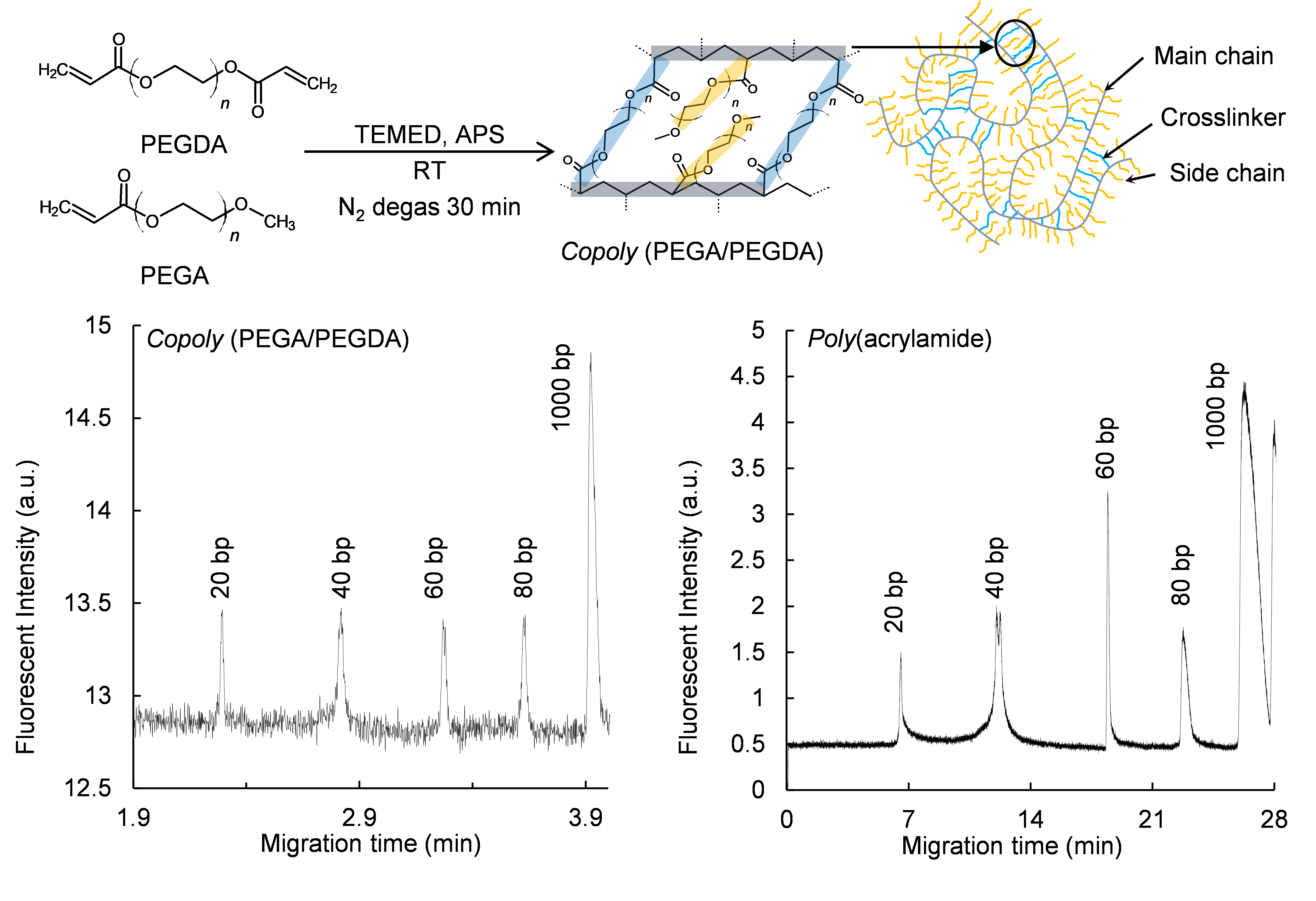Matsumori Research Group
Laboratory of Bioanalytical Chemistry
劉 晨晨 Assist. Prof. Chenchen Liu

- 学位
Degree - 博士 (工学) (京都大学)
Doctor of Engineering (Kyoto University)
博士(工学)(上海理工大学)
Doctor of Engineering (University of Shanghai for Science and Technology) - 連絡先
Contact - 九州大学大学院理学研究院化学部門生体分析化学研究室
〒819-0395 福岡市西区元岡744 ウエスト1号館8階 A803号室
Phone&Fax 092-802-4114
Email chenchen.liu(at)chem.kyushu-univ.jp
Department of Chemistry, Graduate School of Science, Kyushu University
744 Moto-oka, Nishi-ku, Fukuoka 819-0395, Japan
Phone&Fax +81-92-802-4114 - 論文リスト
Publications - For my full publication list, please refer to
Researchgate or Researchmap - 経歴
Career -
上海理工大学光電子と計算機工程学院生物医学光学専攻 博士課程修了
(2016、窦曉鸣教授)
京都大学大学院工学研究科材料化学専攻 博士課程修了
(2021、大塚浩二教授)
ポスドク
(2016-2018、華東理工大学材料科学と工程学院 窦曉鸣教授)
日本学術振興会 特別研究員(DC2)
(2020-2021、京都大学大学院工学研究科 大塚浩二教授)
日本学術振興会特別研究員(PD)
(2021-2022、京都大学大学院工学研究科 大塚浩二教授)
Doctor of Engineering, University of Shanghai for Science and Technology
(2009, Prof. Xiaoming Dou)
Doctor of Engineering, Kyoto University (2012, Prof. Koji Otsuka)
Postdoctoral fellowship, East China University of Science and Technology
(2016-2018, Prof. Xiaoming Dou)
JSPS Research Fellow (DC2), Kyoto University (2020-2021, Prof. Koji Otsuka)
JSPS Research Fellow (PD), Kyoto University (2021-2022, Prof. Koji Otsuka)
- 研究略歴
Research Profile -
I am interested in biomolecule analysis for biomedical application and biomedicine science study. From 2011 to 2016, I studied the biomolecule analysis using capillary electrophoresis (CE) technology. CE-based size sieving mechanism was investigated and then applied to clinical diagnose. (Sens. Actuators B Chem. 2018, 258, 263; J. Sep. Sci. 2016, 39(5), 986; Electrophoresis 2015, 36(14), 1651) From 2016 to 2018, with the purpose to promote CE in real life, methods to improve the robustness and precision of homemade quantitative CE (QCE) detection were studied. We developed an online fluorescence detection method to avoid the impact from analytes’ inequivalent photobleaching (Fig. 1), which was further applied to improve the accuracy of fluorescence detection based QCE. (Sens. Actuators B Chem. 2020, 319, 128035)
Since 2018, I gained interests in developing new analytical materials for biomolecule detection. Delicate materials may enhance the separation performance or even realize new functional analysis, thereby, save the analysis from hours, complex protocols, and cumbersome instrumentation. As one of our trials, we have developed a size sieving material using a copoly(PEGDA/PEGA) hydrogel. (ACS Appl. Polym. Mater. 2020, 2(9), 3886) Results showed that only 4 min will be cost for a high resolution separation using an optimized copoly(PEGDA/PEGA) hydrogel, while using conventional poly(acrylamide) hydrogel would take 28 min for the same resolution (Fig. 2). Besides, we studied the development of molecularly imprinted polymers, a highly specific molecular recognition for native proteins was achieved.
For future study, I would like to pursue advanced analytical methods for biomolecule analysis by expanding my current experience to a multidiscipline field.

Figure 1. Online fluorescent detection method to real-time monitor the photobleaching of analyte.

Figure 2. Structure of copoly(PEGA/PEGDA) hydrogel. The separation of DNA fragments (size in base pair (bp)) using copoly(PEGA/PEGDA) hydrogel and poly(acrylamide) hydrogel under the same conditions.